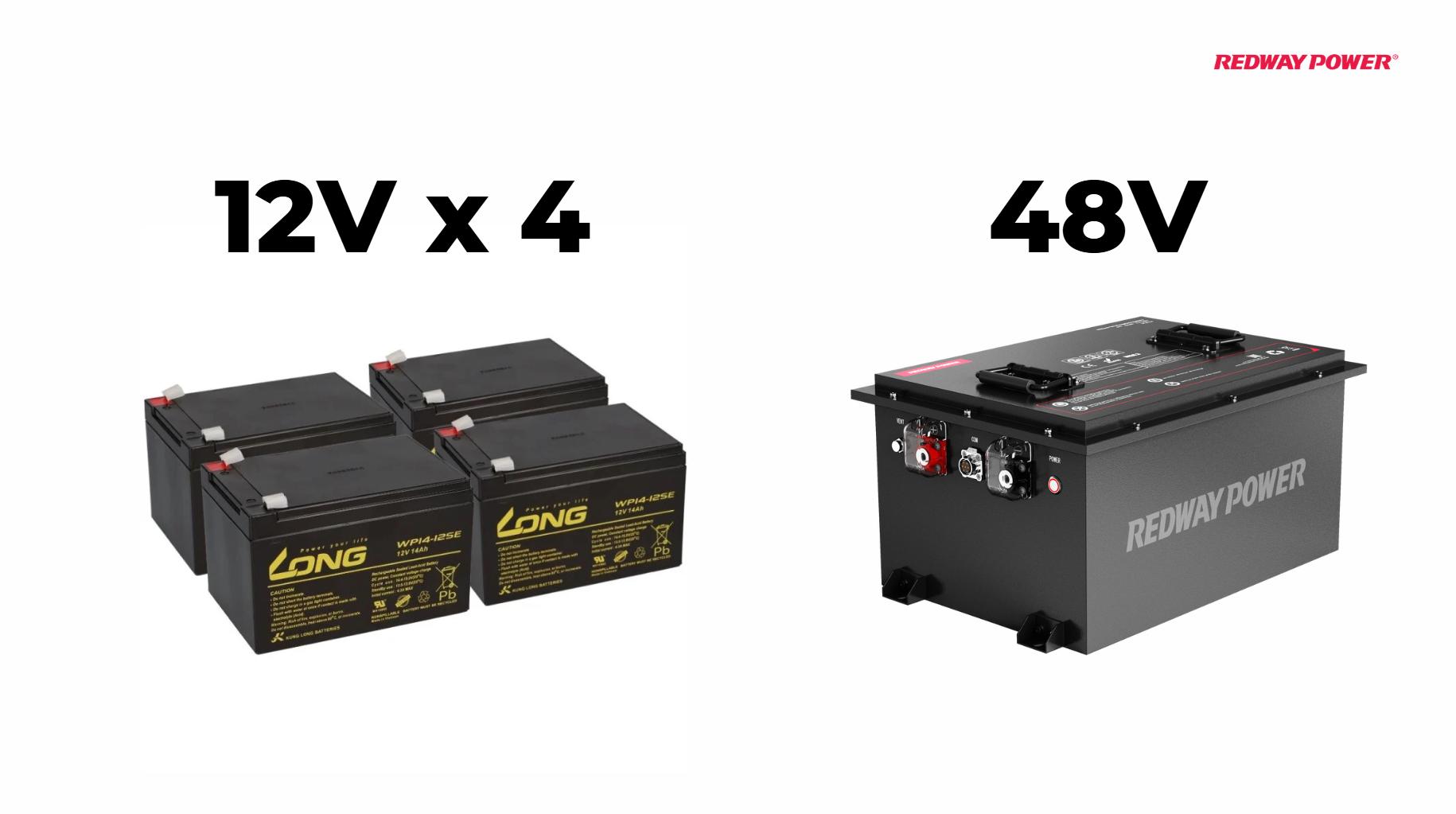Is it worth getting a portable power station?
When evaluating energy storage options, the 200Ah lithium battery emerges as a top contender for various applications, including recreational vehicles (RVs), marine use, and renewable energy systems. With advancements in battery technology, these batteries offer numerous benefits that make them an attractive choice for consumers seeking reliable and efficient power solutions.
Understanding the 200Ah Lithium Battery
A 200Ah lithium battery is designed to deliver a current of 200 amperes for one hour or any combination that maintains the same total capacity. This high capacity makes it particularly suitable for powering devices that require sustained energy output. The lithium-ion chemistry used in these batteries contributes to their high energy density, allowing them to store significant amounts of energy in a compact size.
Advantages of a 200Ah Lithium Battery
1. High Energy Density
One of the most significant advantages of 200Ah lithium batteries is their high energy density. This means they can store a large amount of energy in a relatively small space, making them ideal for applications where space is limited, such as in electric vehicles and solar energy systems.
2. Lightweight Design
Compared to traditional lead-acid batteries, 200Ah lithium batteries are significantly lighter. This lightweight design facilitates easier handling and installation, particularly in applications where weight is critical, such as boats and RVs.
3. Long Lifespan
A 200Ah lithium battery typically lasts between 3,000 to 5,000 charge cycles before its capacity significantly degrades. This long lifespan translates into lower maintenance costs and a longer service life, making it a cost-effective choice over time.
4. Minimal Maintenance
Lithium batteries require less maintenance than other types. There’s no need for regular topping off with water or electrolyte, simplifying operation and reducing the need for frequent checks.
5. Fast Charging Capabilities
These batteries can charge faster than traditional lead-acid options, significantly reducing the time required to replenish their energy. This fast charging capability is crucial in applications where quick turnaround times are essential.
Disadvantages of a 200Ah Lithium Battery
While there are many advantages to using a 200Ah lithium battery, some potential drawbacks should be considered:
1. Higher Initial Cost
The initial investment for a 200Ah lithium battery is generally higher compared to lead-acid batteries. However, their longer lifespan and lower maintenance requirements can offset this cost over time.
2. Temperature Sensitivity
Lithium batteries are sensitive to extreme temperatures; performance can degrade in very hot or cold environments. It’s essential to operate these batteries within their recommended temperature range to ensure optimal performance.
3. Complexity in Charging
Charging systems for lithium batteries can be more complex than those for lead-acid options. Specialized chargers may be required to ensure safe and efficient charging.
Latest News
- Recent advancements in lithium battery technology have led to improved energy efficiency and reduced costs.
- Companies are increasingly focusing on developing smart battery management systems that enhance performance and safety.
- The market demand for high-capacity lithium batteries continues to grow as more consumers adopt renewable energy solutions.
Redway Expert Comment
“A 200Ah lithium battery is an excellent choice for various applications due to its high capacity and long lifespan. At Redway Power, we emphasize the importance of understanding your specific power needs when selecting a battery solution. Our experience in manufacturing high-quality LiFePO4 batteries enables us to provide tailored options that meet diverse energy demands efficiently.”
Conclusion
In summary, a 200Ah lithium battery is an outstanding option for those seeking reliable power solutions across various applications. Its high energy density, lightweight design, long lifespan, and minimal maintenance requirements make it an attractive alternative to traditional lead-acid batteries. While there are some considerations regarding initial costs and temperature sensitivity, the benefits far outweigh the drawbacks. Whether you’re powering an RV, marine equipment, or integrating with solar energy systems, investing in a 200Ah lithium battery can empower your energy needs with advanced technology.

